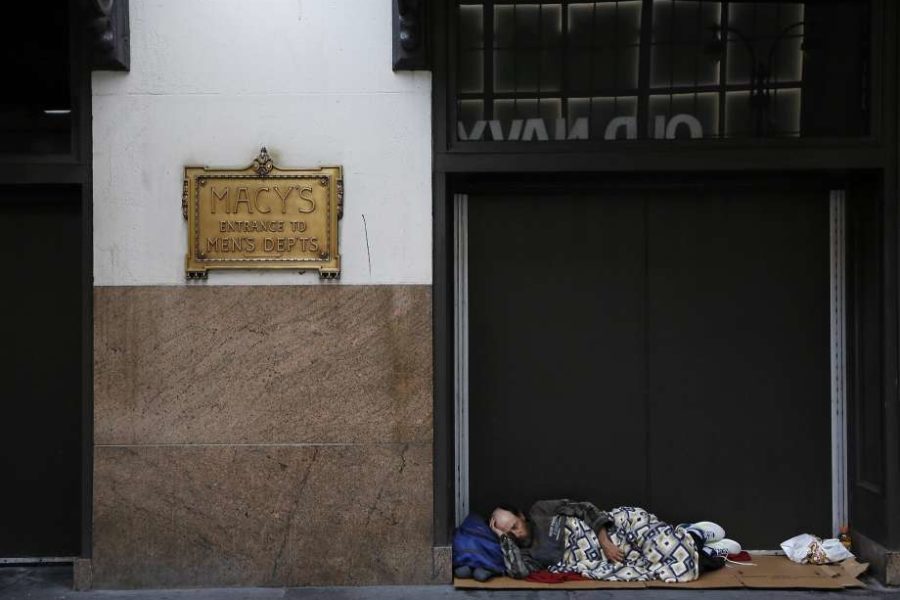In 1990, at the age of 29, I put together a small team to rescue a crumbling, bankrupt 1920s hotel in New York’s Times Square. The building was essentially a burned-out and infested flophouse, but our determined bunch restored it to its original splendor, eventually creating 652 studio apartments for low-income New Yorkers, especially those exiting homelessness.
Supportive housing was a largely new concept at the time, and most people doubted that our tenants could ever really transition back into stable society. But with a combination of on-site medical and supportive services and an incredibly dedicated staff (over-represented by cheerful young Jesuit Volunteers), the Times Square Hotel was a success from Day 1. Our team then went on to develop nearly 3,000 similar housing units in and around New York.
Yet, one morning in the early 2000s, I reached a painful realization on my way to work. As I looked around at the faces of those still experiencing homelessness in our Times Square neighborhood, it occurred to me that I recognized nearly all of these people. Many of them had been living outside on these same street corners years earlier when we first opened our doors, yet here they still were homeless in the shadow of our flagship, award-winning, supportive-housing building.
We had made a classic mistake: We had insisted that our buildings were a solution to homelessness, but we had no real understanding of the broader ecosystem in which they functioned. Our decisions about who to help had been essentially random, and we had remained more or less ignorant of the true scale of homelessness in New York or how our strategy stacked up to the actual need over time.



